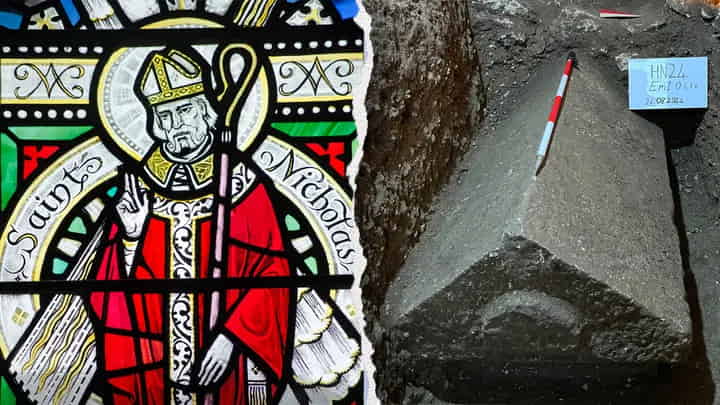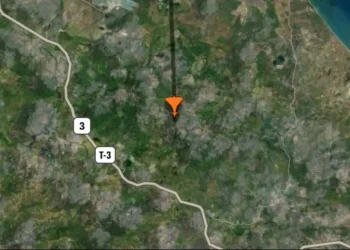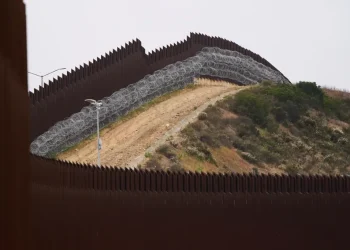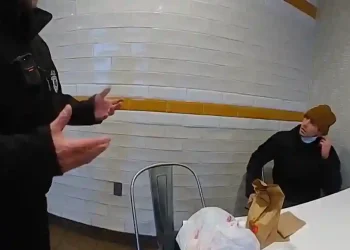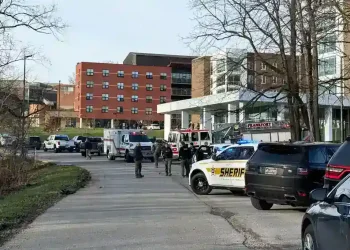Discovery of ‘Santa Claus’ Sarcophagus Unveils Closer Look at Saint Nicholas’ Burial Site
Over 1,600 years after his death, archaeologists may have uncovered the final resting place of the saint who inspired the legend of Santa Claus. A team of experts believes they have discovered a sarcophagus at St. Nicholas Church in Demre, Turkey, marking an important step in identifying the burial site of Saint Nicholas, the beloved bishop whose spirit of generosity still influences Christmas traditions today.
A Surprising Find in the Heart of History
The discovery took place during an excavation led by associate professor Ebru Fatma Findik from Hatay Mustafa Kemal University’s Department of Art History. The excavation, part of a project sponsored by Turkey’s Ministry of Culture and Tourism, was conducted at the Church of St. Nicholas, which is located in Demre, Antalya.
The sarcophagus was found in a two-story annex of the church, thought to be the original burial site of Saint Nicholas, who lived in the ancient city of Myra in the 4th century. While drilling inside the structure, the team was surprised to encounter the sarcophagus, which appeared to be undisturbed in its original position.
“We believe this is the first time we’ve discovered a sarcophagus in its original location,” Findik explained.
A Closer Look at the Sarcophagus
The sarcophagus is constructed from local stone and measures approximately 2 meters in length and 1.5 to 2 meters in height. It has a barrel-shaped roof and a handle on its lid, which is typical of sarcophagi from the region. According to Findik, its design strongly resembles others found in the area, further supporting the theory that this could be the burial site of Saint Nicholas.
“We’re working inside a 20-meter-long, two-story structure adjacent to the church courtyard,” Findik said. “The sarcophagus is part of a group of undecorated sarcophagi, made of local stone.”
Historical Significance and Connection to Saint Nicholas
The exact location of Saint Nicholas’ burial has long been a mystery. Historical sources suggest that he was buried near the sacred area of the city of Myra, and the newly uncovered sarcophagus might confirm that this site is indeed the location described in those records. Findik believes the discovery adds crucial archaeological evidence to support the idea that this area is where the saint’s remains were once laid to rest.
“We can now say we’ve found archaeological evidence that confirms historical accounts of Saint Nicholas’ burial site being in the city’s sacred area,” Findik explained.
Artifacts and New Insights
Before reaching the sarcophagus, the excavation team uncovered other interesting artifacts, including fragments of terracotta oil lamps and animal bones, which shed further light on the area’s historical significance.
Saint Nicholas, who was born in the 3rd century in the village of Patara (modern-day Turkey), became famous for his acts of generosity, especially toward children. Orphaned at a young age, he used his inheritance to help the needy. He served as bishop of Myra and passed away in 343 CE. Nearly 200 years after his death, his remains were moved to the Church of St. Nicholas.
Looking Ahead to Further Discoveries
Findik and her team are excited about the progress of the excavation, hopeful that this discovery will lead to more insights into the life and legacy of Saint Nicholas.
“We are thrilled by the discovery of the sarcophagus so close to the church believed to house Saint Nicholas’ tomb,” said Findik. “We look forward to continuing the excavation and restoration, which will contribute to both our historical understanding and Turkey’s tourism.”
This article was rewritten by JournosNews.com based on verified reporting from trusted sources. The content has been independently reviewed, fact-checked, and edited for accuracy, neutrality, tone, and global readability in accordance with Google News and AdSense standards.
All opinions, quotes, or statements from contributors, experts, or sourced organizations do not necessarily reflect the views of JournosNews.com. JournosNews.com maintains full editorial independence from any external funders, sponsors, or organizations.
Stay informed with JournosNews.com — your trusted source for verified global reporting and in-depth analysis. Follow us on Google News, BlueSky, and X for real-time updates.
